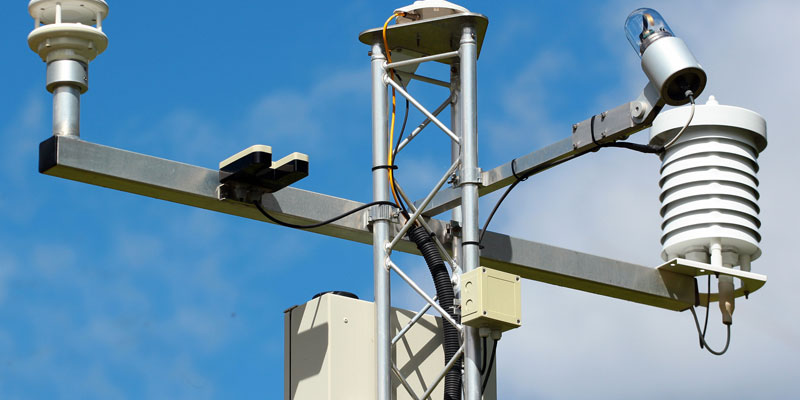Canada’s air quality among best in the world

Earlier this month, the Wall Street Journal published an article on the impact of COVID-19 lockdowns on air quality in heavily-affected regions. While the economic and environmental impacts are still being measured, Canadians can breathe easy knowing our air quality is among the world’s best. According to a recent study, Canada ranks first and 4th out of 33 high-income OECD countries (i.e. the richest and cleanest countries in the world) on two key air quality measures.
Unfortunately, reports from other organizations in recent years have misrepresented Canada’s air quality by using flawed methods that ranked Canada near the bottom of the OECD countries. Specifically, these reports evaluated air quality across countries by simply measuring emissions per person—simply adds up all emissions in each country and then adjusts by population size.
The implication of using this metric is that the location of emitters, such as large industrial operations, doesn’t matter when it comes to air quality. Consider what that means in practical terms—an emitter located in a downtown urban centre would have the same effect on air quality as one located in the remote northern reaches of a country.
Understanding how the location of emitters influences air quality is particularly important for a country such as Canada, with its vast land mass and small population. In other words, accounting for the population actually exposed to air pollution is critical when comparing air quality across different jurisdictions.
In addition, most countries, including Canada, have established air quality standards to limit air pollutants to levels they deem safe. Measuring how much local air pollutant levels exceed agreed-upon air quality standards is a critical way to make meaningful comparisons among countries. Unfortunately, past reports from other organizations omit these key factors.
Therefore, to accurately measure air quality, our study uses two indicators. The first indicator examines the average exposure to PM2.5. (a contaminant that combines solid particles, such as dust, dirt, smoke, and liquid droplets found in the air). Specifically, this indicator measures average levels of fine particulate matter in each country weighted by the population exposed to it. Canada has an average exposure of 6.46 micrograms per cubic metre (mg/m3) using 2018 OECD data, well below the average exposure for the 33 countries (12.28 mg/m3). Only Finland, New Zealand and Sweden perform better than Canada on this indicator.
According to the World Health Organization (WHO, 2018), the short-term negative effects of high exposure to PM2.5 include extreme coughing, aggravation of asthma and other respiratory symptoms. In the long run, high exposure can cause mortality from cardiovascular and respiratory diseases and lung cancer.
This is why the WHO has established an air quality guideline that recommends countries limit their average annual levels of PM2.5 to less than 10 micrograms per cubic metre ( mg/m3), given that this is the lower end of the range of concentrations over which negative health effects start to appear. This guideline is the basis for our second air quality indicator which measures the share of the population exposed to PM2.5 levels above 10 mg/m3. Using 2018 OECD data, Canada performs exceptionally well, ranking first out of 33 countries, with 100 per cent of Canadians exposed to PM2.5 levels that comply with this air quality standard. Estonia, Finland and New Zealand share the top spot with Canada as well.
The average for the 33 countries was 40.3 per cent of the population exposed to PM2.5 levels above 10 mg/m3 while Hungary and the Slovak Republic share the last position in the ranking as none of their citizens are exposed to levels that comply with the WHO standard.
Overall, the evidence is clear. Canadians enjoy excellent air quality relative to other wealthy countries, and that’s something we can all be proud of, particularly during these troubling times.

